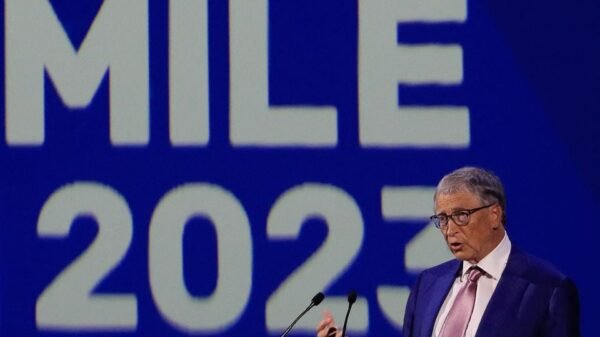Trump’s Potential Car Tariffs: How They Could Affect South Korea, Japan, and U.S. Car Buyers
The ongoing debate over U.S. tariffs is once again in the spotlight, as former President Donald Trump signals a potential increase in import duties on vehicles. This time, South Korea and Japan are at the center of discussions, as automakers and consumers anticipate the potential impact of such policies on the global automobile industry.
What’s Happening?
Trump is considering raising tariffs on imported cars from key trading partners, with South Korea and Japan being among the most affected nations. In 2024, these two countries accounted for a significant share of U.S. auto sales, with South Korea leading at 8.6% and Japan close behind at 8.2%.
Currently, Japanese automakers face a 2.5% tariff on vehicles imported into the U.S., which has posed challenges for companies like Toyota, Honda, and Nissan. Meanwhile, South Korean automakers benefit from a trade agreement that allows them to export cars to the U.S. without tariffs. This advantage has helped South Korea surpass Japan and Canada in U.S. vehicle exports, trailing only behind Mexico.
Why South Korean Automakers Are Thriving
One major factor behind South Korea’s success in the U.S. market is the strong presence of Hyundai and General Motors (GM). GM has expanded its manufacturing operations in South Korea, producing popular models like the Chevrolet Trailblazer, Chevrolet Trax, and Buick Encore GX. In fact, GM’s South Korean-made vehicle sales in the U.S. surged from 173,000 in 2019 to over 407,000 in 2024.
GM President Mark Reuss has emphasized how these models contribute to the company’s profitability, especially in the highly competitive small SUV segment. The company’s long-standing investment in South Korea—totaling $6.2 billion since 2002—has made the nation a crucial manufacturing base for GM.
On the other hand, Japanese automakers have faced setbacks. In 2024, Japan’s vehicle exports to the U.S. declined to 1.31 million units. The 2.5% tariff and increasing competition from South Korea have made it harder for Japanese brands to maintain their market share.
The Potential Impact of Higher Tariffs
Trump’s proposal for “reciprocal tariffs” aims to match the trade restrictions other nations impose on American exports. On February 13, 2025, he signed a memorandum indicating that countries with restrictive trade practices could soon face higher U.S. tariffs.
While the specific details remain unclear, industry experts warn that if these tariffs are implemented, car prices in the U.S. could rise significantly. Ford CEO Jim Farley has expressed concerns over selective tariff strategies and has urged policymakers to consider a broader and more balanced trade approach.
For South Korean automakers, new tariffs could mean adjusting prices or taking on the additional costs to maintain their U.S. market position. Similarly, GM’s South Korean-made vehicles, which have been a strong contributor to its success, may also see price adjustments.
For Japan, the situation is even more challenging. With its car exports already declining, additional tariffs could further reduce the competitiveness of Toyota, Honda, and Nissan in the U.S. market.
What It Means for Consumers and Automakers
If tariffs do increase, American consumers may face rising prices for imported cars, limiting affordable vehicle options. Automakers will likely need to reassess their pricing and production strategies to stay competitive. Trade expert Terence Lau, dean at Syracuse University, believes that manufacturers can adapt, but restructuring their supply chains and pricing models will take time.
The uncertainty surrounding future U.S. trade policies has left automakers and consumers in a wait-and-see position. With no concrete decisions made yet, the industry remains on edge, watching closely to see how these potential tariffs could reshape the auto market in the coming months.






































Comment Template